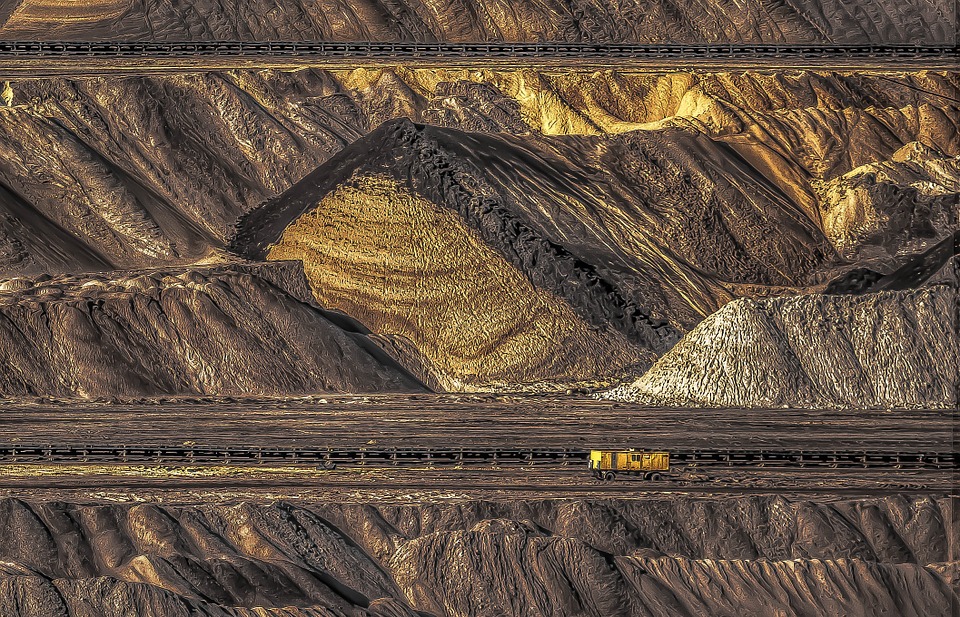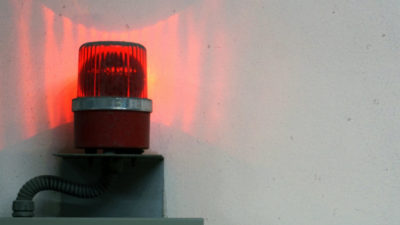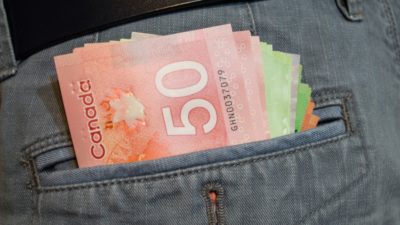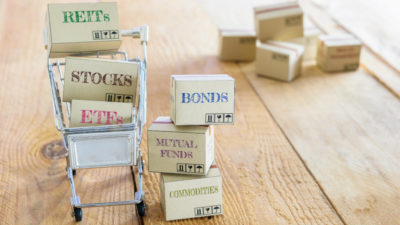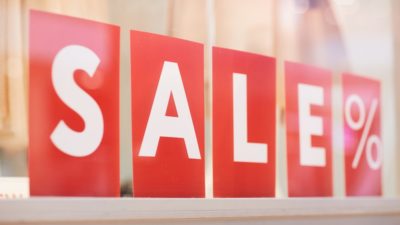The story out of China is not only about strong economic growth, but also about the drive to turn to “cleaner” industry to combat the country’s escalating smog and air quality problem.
In 2017, GDP growth is expected to hit 6.8%, which represents an acceleration from 2016 and is above most analysts’ expectations; 2018 should see similar growth levels.
And being the world’s largest steel producer, China has seen conflicting pressures from the strong demand for steel on the one hand, and the pressure to cut steel production to improve air quality on the other hand. The government has actually been trying to curb steel production, although it does not appear to have put pressure on the price of iron ore.
With that backdrop, let’s look at iron ore, which is one of the key ingredients in making steel.
The price of iron ore has increased nicely since the beginning of 2016, and it currently stands at approximately $63 per tonne. In February, the commodity was trading at almost $95 per tonne, but it dropped as fundamentals deteriorated in the form of increasing supply and worries of weakening demand.
This compares to lows of approximately $40 per tonne back in 2015. In its heyday, iron ore hit highs of over $180 per tonne.
These facts are of utmost importance to iron ore producers and stakeholders, such as Labrador Iron Ore Royalty Corporation (TSX:LIF), Rio Tinto plc (NYSE:RIO), and BHP Billiton Limited (NYSE:BHP), whose shares have year-to-date returns of 30% (LIF and RIO) and 16% (BHP).
Strong third quarter for Labrador Iron Ore
Production increased 5.5%, pricing increased 41%, and although costs were higher than expected, it was generally a solid quarter.
Earnings per share increased 109% to $0.69, and cash flow per share increased more than 200% to $0.84, reflecting mostly the pricing increase, but also the increased production.
And being a royalty company, Labrador Iron Ore has lower risk inherent in its business model, with the company’s objective being to return extra cash to shareholders in good times, as has been done in this past year.
So, with cash of $64.9 million on its balance sheet, no debt, and a good record of paying special dividends, investors can feel reassured that their income will be rising along with the company’s fortunes.
And while the company’s regular quarterly dividend is $0.25 per share, the company has already paid out $2.10 in dividends so far this year for an actual dividend yield of 9.8% based on today’s share price.
